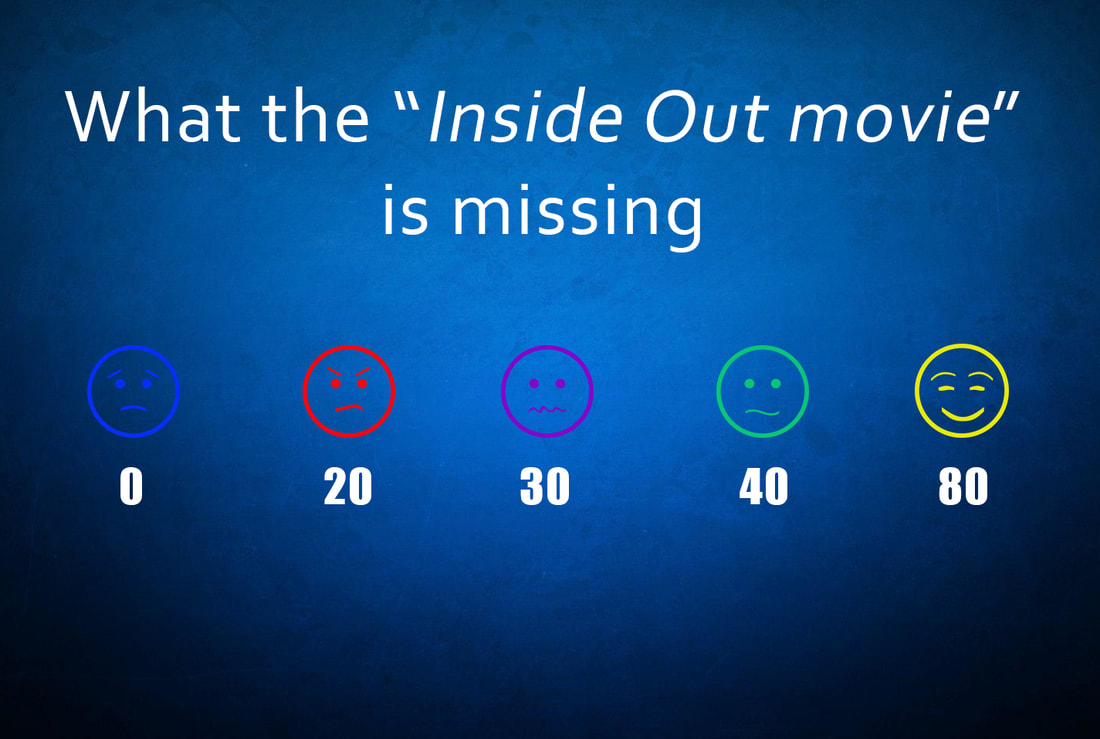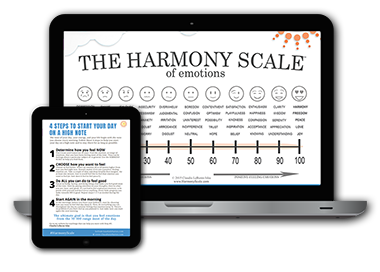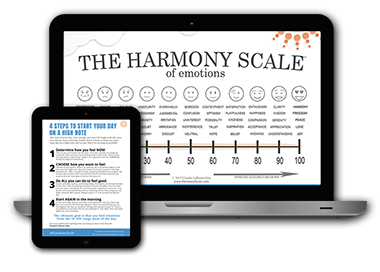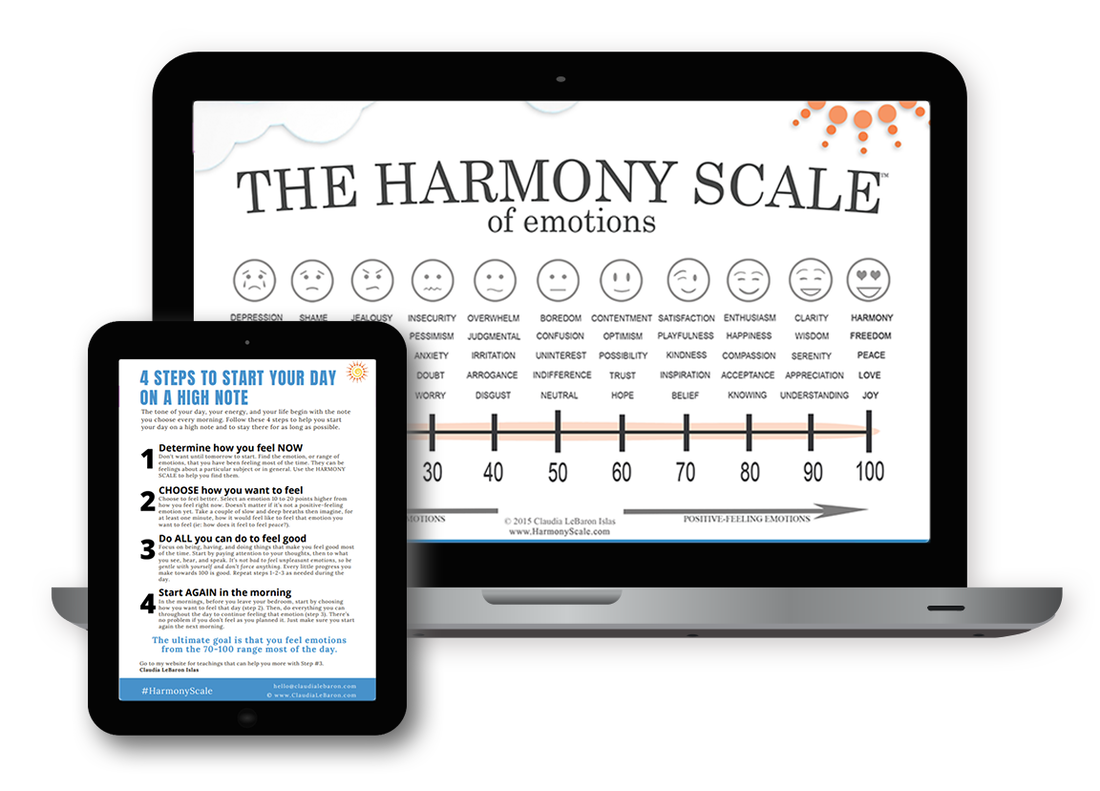|
As you might be aware, last week was the release on DVD of the Disney-Pixar movie Inside Out and, as most kids, my girls have watched it at least five times already. I like it that they are watching it over and over because it helps them understand that emotions are good; that feeling emotions is ok; and that allowing themselves to feel emotions and letting others know how they feel is healing for their soul. The five emotions featured in the movie are:
Why just five emotions? Paul Eckman did a study back in the 70's, where he measured all observable facial movements when experiencing emotions. He found that there are six facial expressions universal to all people all over the world. He found the five emotions that are featured in the movie Inside Out, plus the emotion of surprise. Surprise was taken out of the film because it’s a very short emotion and because, if displayed continuously, after a while starts getting annoying. Imagine somebody acting surprised all the time. But these are just the universal basic emotions that can be observed in facial expressions. The reality is that there are many more emotions than we can imagine. A lot of studies have been made since then, and more emotions have been identified, but let’s just focus on these for now. What are emotions?Let me begin with this first. There are five traditionally recognized senses in human beings: sight, hearing, taste, smell, and touch. We all know very well how they work, right?. For example, we know that sound cannot be seen or touched. Only our hearing sensor can receive the invisible sound waves and translate them into sound for us. Understanding that, we can easily understand what emotions are. Emotions are another type of sensors, similar to the ones used by the five basic senses, and they also have a job to do. Emotions are electrical and chemical reactions in your body that help you understand the experiences that you are living day to day. That’s right; emotions are reactions to how you perceive what’s going on around you. And since there is always something going on around you, well, you are always experiencing them. Just keep in mind that emotions felt continuously are no longer emotions, they are moods. Let's briefly explore each one to understand the difference between them and how they affect us. EmotionsUnderstand the characteristics of emotions so you know how to handle them, instead of the other way around. Emotions are categorized into positive and negative emotions, based on how we feel them in our bodies. But let me be clear on this, there are no good or bad emotions. They are all needed for this human experience. How could we know we are happy if we are never sad? So, let’s take a look at the characteristics of emotions:
MoodsMoods are the average emotional state you experience day to day. Their characteristics are:
Let me show you the difference between emotions and moods with this example. Let’s say you know someone who has been feeling sad for a while. Then they watch a funny movie or interact with a funny person, and you notice that they are having a good time and might even begin to laugh. But then, when the experience is over, you see how steadily they go back to their usual sad mood. That funny experience brought a positive emotion to the constant negative mood. If you were watching it in a graph, it would be like a spike pointing up somewhere on a flat line at the bottom. The graph would look the same if you were watching a joyful person go through a sad experience. But, in this case, the mood line would be drawn higher up, and the emotional spike would be pointing down. We all live at the mercy of our emotions. Our emotions influence and shape our desires, thoughts and behaviors and above all our destiny." —Dr T.P.Chia Being in a certain mood doesn’t mean you can’t get out of it. You just have to make the conscious decision of getting out of that mode right now and start acting on it. In future posts I'll be showing you a few ideas on how to do this. So, from the five emotions featured in the movie, and listed above, which of those do you think you are spending most of your time in? Find more emotions in the Harmony Scale. Did you like this post? Subscribe here to send you more like it to your inbox. Also, feel free to share this post in your social media or with someone you think might benefit from this information. Thank you! Related Publications: The Harmony Scale 6 Steps to Begin Living a Happier Life Happiness Should Not Be Your Goal Don't Fear Feeling Emotions
4 Comments
Tae
11/12/2015 06:22:30 pm
What a great first blog! I spend mosts of my time in Joy, but will admit that fear and sadness can creep in at times. I use positive affirmations & a gratitude journal to put me back into the Joy state! P.S. I still have to see this movie, so thanks for not giving away too much!
Reply
11/12/2015 07:34:15 pm
Thank you Tae! I'm glad I didn't spoil it for you ;)
Reply
2/8/2016 07:52:52 am
I enjoyed this blog post, Claudia. And you're right--you were right on with the senses. :-)
Reply
2/9/2016 05:18:38 pm
I'm glad you liked it Carolyn! Thank you so much for your feedback ;)
Reply
Leave a Reply. |
Hi! I'm Claudia LeBaron Islas.
The purpose of this blog is to give you ideas, information, and guidance that can help you live an empowered life. Recent Posts Categories
All
Did you find a typo, broken link, or inaccurate information? Let us know so we can fix it. Thank you! |
|
|
© COPYRIGHT 2015-PRESENT. ALL RIGHTS RESERVED.
By continuing browsing this website you agree to our Private Policy, Terms of Use, and Disclaimer
By continuing browsing this website you agree to our Private Policy, Terms of Use, and Disclaimer








